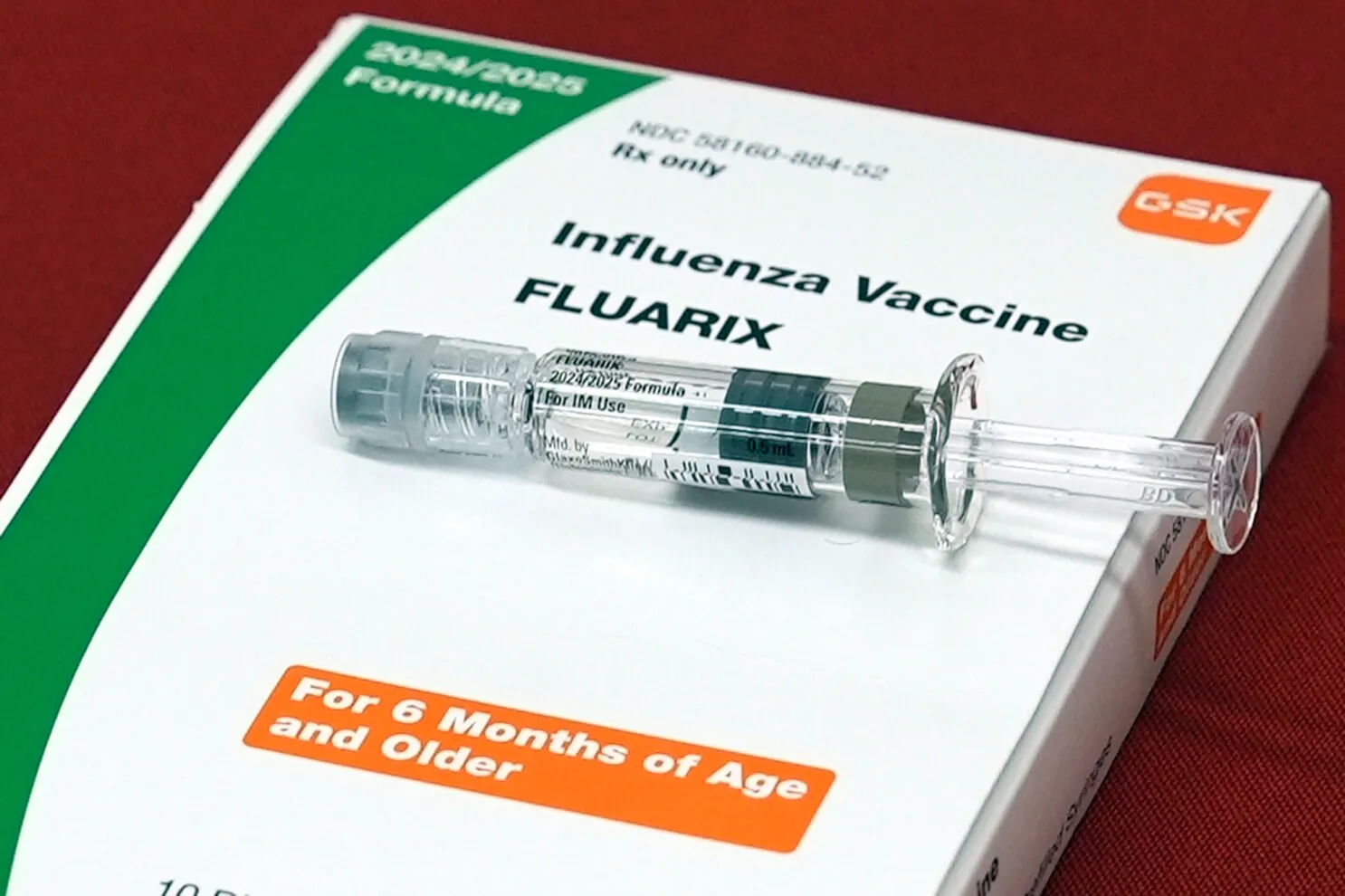
As the U.S. grapples with one of the most severe flu seasons in recent memory, public health systems and communities are facing significant challenges. With the intensity of this season surpassing any since the 2009-2010 swine flu pandemic, experts and data suggest we are witnessing a unique viral landscape that demands attention and preparedness.

According to the latest figures from the Centers for Disease Control and Prevention (CDC), the rate of doctor’s office visits for flu-like symptoms is higher than the peak of any season in the last 15 years. This startling statistic underlines the aggressiveness of this year’s flu strain. The flu’s impact is widespread, with 43 states reporting high or very high flu activity, particularly pronounced in the South, Southwest, and western states.
Jeff Meador, a spokesperson for the Godley Independent School District in Texas, described the situation as the worst flu season he could remember, a sentiment that led to the temporary closure of schools due to high absentee rates among students and staff. “The majority of illnesses have been flu, with some cases of strep throat,” Meador noted, highlighting the flu’s disruptive impact on educational systems.

The Overlap of Respiratory Illnesses
This season is also marked by the co-circulation of other respiratory viruses, including RSV and, surprisingly, a number of COVID-19 cases among infants. Dr. Elizabeth Murray, a pediatric emergency medicine doctor at the University of Rochester Medical Center, emphasized the breadth of respiratory illnesses. “All of the respiratory illnesses are around, with a vengeance,” she said, pointing out that while the flu is predominant, other viruses are contributing to the healthcare strain.
The complexity of this flu season is further complicated by the ongoing debate and analysis of the effectiveness of this year’s flu vaccine and the overall vaccination rates. Approximately 44% of adults have received their flu shots, mirroring last winter’s rates, yet children’s flu vaccination coverage has slightly declined.

Public Health Recommendations
To mitigate the spread of the flu and other respiratory viruses, health officials continue to stress the importance of basic preventive measures. These include frequent hand washing, avoiding close contact with sick individuals, and regular cleaning of highly-touched surfaces. Moreover, vaccination remains a cornerstone of flu prevention, with a strong recommendation for everyone aged six months and older to receive their annual flu shot.
